
Fundamentals
The Anti-Discrimination Policy, in its simplest articulation, represents a societal covenant to safeguard individuals from prejudicial treatment based on inherent characteristics. It is a fundamental declaration that every person, irrespective of their origin, physical presentation, or spiritual conviction, possesses an intrinsic entitlement to equitable treatment and opportunities. This foundational understanding lays the groundwork for communities seeking to establish environments where dignity and fairness prevail, rather than exclusionary practices or unexamined biases. Such a policy acts as a guiding star, illuminating paths toward collective respect and mutual understanding.
When we contemplate the realm of textured hair, the comprehension of anti-discrimination tenets deepens, revealing a layered history woven through ancestral practices and lived experiences. Hair, for many Black and mixed-race communities, has never been a mere aesthetic choice; it is a repository of heritage, a language of identity, and a reflection of ancestral lineage. For generations, the intricate artistry of braids, the bold declaration of an Afro, or the deliberate coil of locs have conveyed stories of family, spiritual belief, social standing, and resistance.

The Sacred Strands ❉ An Ancestral Connection
Across the continent of Africa, prior to the transatlantic slave trade, hairstyles served as profound markers of identity and community. These were not casual adornments. Instead, they communicated critical information about an individual’s tribal affiliation, marital status, age, wealth, and even their religious practices. The dexterity involved in creating these elaborate designs often spoke to a collective effort within the community, where elders shared wisdom and younger hands learned the delicate art of shaping and tending.
- Adornment ❉ Pre-colonial African societies considered hair styling an elevated art form, often integrating shells, beads, and precious metals into intricate designs to signify status or celebration.
- Communication ❉ Specific patterns, like particular cornrow formations, conveyed messages, indicating a person’s readiness for marriage, or even serving as maps for those seeking freedom during periods of unrest.
- Spirituality ❉ Many ancestral traditions regarded hair as a conduit to the divine, a spiritual antenna connecting individuals to their heritage and the cosmos. Care rituals were often sacred.
An Anti-Discrimination Policy, at its very core, ensures that the historical and deeply personal significations of hair, particularly for textured hair heritages, are honored, not diminished.

Unseen Barriers ❉ How Hair Becomes a Point of Division
The journey of textured hair through history, particularly for peoples of African descent, underscores how quickly an ancestral marker of pride could be twisted into an instrument of societal control. The forced shaving of heads upon arrival in the New World during the transatlantic slave trade served as a dehumanizing act, deliberately severing cultural ties and stripping individuals of their most immediate expression of identity. This act, brutal in its simplicity, aimed to erase a foundational aspect of their heritage.
In contemporary societies, the remnants of such historical impositions often surface as subtle yet pervasive biases within institutions. When dress codes or grooming standards, ostensibly neutral in their phrasing, nonetheless penalize natural Afro-textured styles, they perpetuate historical patterns of marginalization. The consequence for individuals with textured hair is often a feeling of having to alter their inherent physical being to meet Eurocentric aesthetic ideals, a deeply personal compromise for the sake of acceptance or advancement in educational and professional environments.
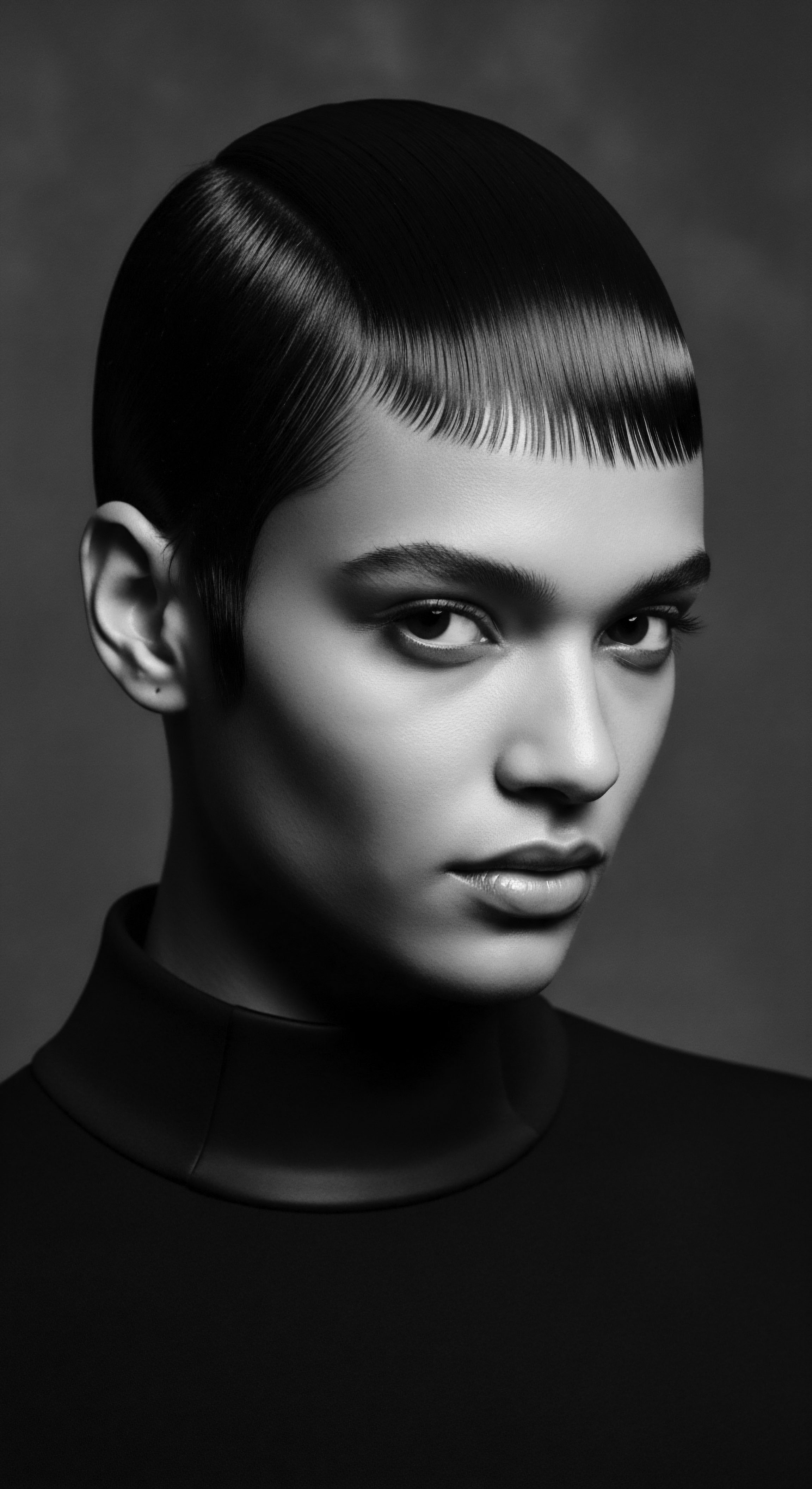
Intermediate
Moving beyond the foundational tenets, the Anti-Discrimination Policy’s meaning expands to encompass the active dismantling of historical injustices and systemic biases, particularly as they pertain to textured hair heritage. This calls for a nuanced comprehension of how societal norms, often rooted in colonial ideals of beauty and professionalism, have historically excluded and penalized natural Black and mixed-race hairstyles. The policy’s explication in this context becomes a testament to an ongoing struggle for recognition and validation of cultural practices.
The significance of such a policy extends beyond mere legal compliance. It speaks to a deeper cultural imperative ❉ to protect and celebrate the rich, varied expressions of identity that reside within the very structure and styling of textured hair. It is an acknowledgment that hair is not a trivial matter, but a deeply personal and culturally resonant aspect of selfhood. Understanding its historical trajectory reveals why protection is not simply a courtesy, but a matter of inherent human dignity.
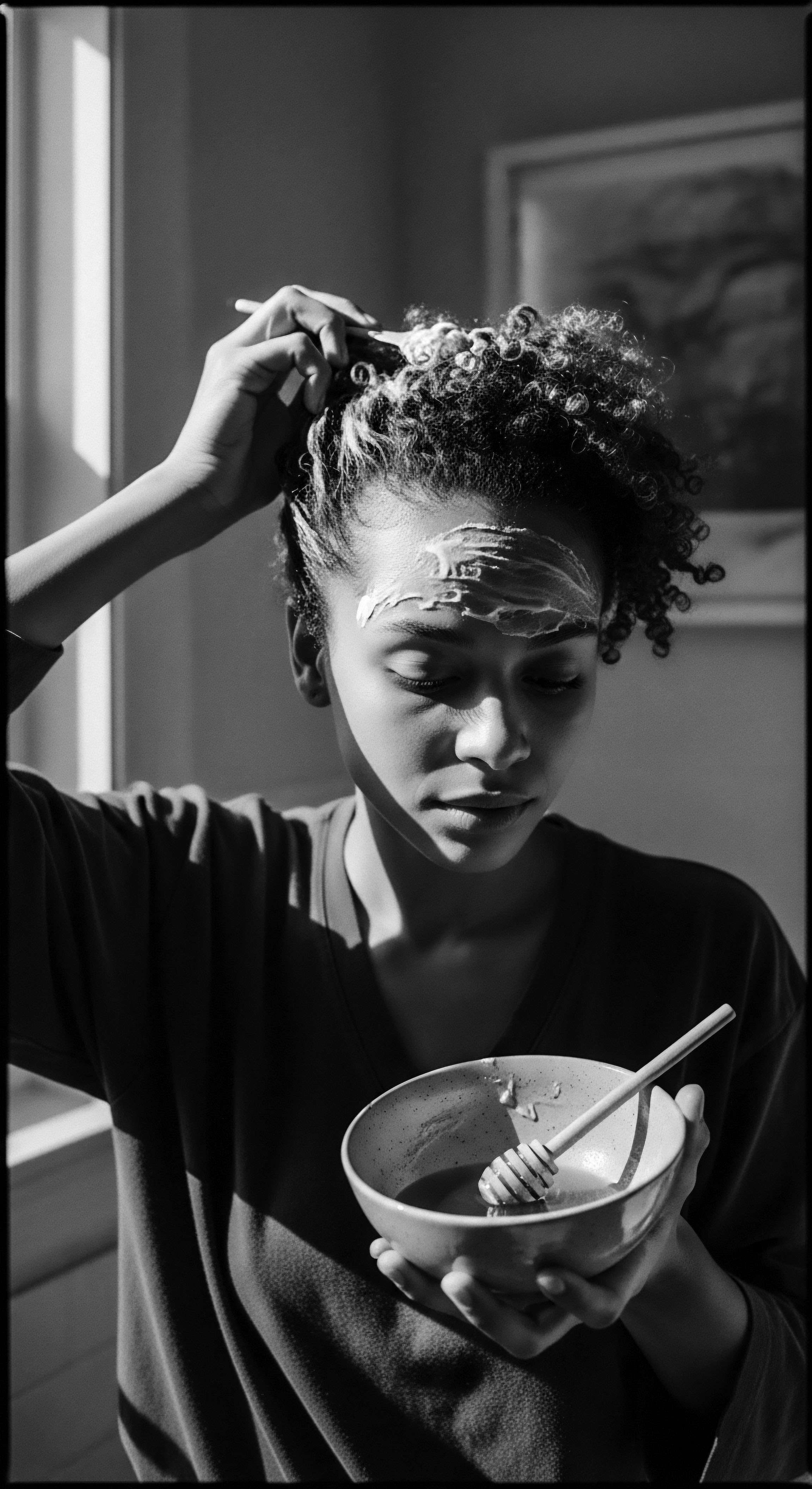
Echoes of Control ❉ Historical Impositions on Textured Hair
The historical persecution of Black hair, an enduring consequence of the transatlantic slave trade and subsequent periods of racial subjugation, offers a stark illustration of how physical traits become targets for societal control. In the 18th century, particularly in Louisiana, the notorious Tignon Laws of 1786 mandated that free women of color cover their hair with a tignon, a kerchief traditionally worn by enslaved women. The purpose was clear ❉ to visibly distinguish them from white women, prevent them from attracting white men, and diminish their social standing. This was a deliberate act of policing appearance to reinforce racial hierarchies.
Yet, the spirit of resilience, a hallmark of Black hair heritage, found creative pathways through oppression. These women transformed the imposed headwraps into ornate, vibrant statements, adorning them with expensive fabrics and intricate folds. This act of reclaiming the tignon, turning a symbol of subjugation into one of sartorial defiance and cultural pride, stands as a testament to the enduring power of self-expression even in the face of restrictive decrees. It underscores a pattern of resistance that has continued through generations, with hair often serving as a silent, yet potent, form of protest.
The journey through the 19th and 20th centuries saw the emergence of chemical straighteners and hot combs as tools for assimilation. The pressure to conform to Eurocentric beauty standards meant many felt compelled to alter their natural hair texture for social and economic advancement. This created a profound internal conflict for many, weighing cultural authenticity against perceived opportunities. The phrase “good hair” emerged, sadly creating divisions within the Black community itself, valuing looser curls or straightened hair over tighter, coily textures.

The Legal Loom ❉ Weaving Protections for Identity
Modern anti-discrimination legislation, such as the CROWN Act, endeavors to address these enduring historical prejudices by explicitly prohibiting race-based hair discrimination. The acronym, which stands for “Creating a Respectful and Open World for Natural Hair,” directly targets discriminatory practices in employment and educational settings. The initial impetus for this movement came from a growing recognition of pervasive biases.
| Historical Period Pre-Colonial Africa |
| Dominant Hair Practice/Societal Norm Diverse intricate styles; symbolic communication |
| Impact on Black/Mixed Hair Heritage Hair as a central marker of identity, status, and spirituality; community care rituals. |
| Historical Period Transatlantic Slave Trade (15th-19th Century) |
| Dominant Hair Practice/Societal Norm Forced head shaving, imposed head coverings (tignons) |
| Impact on Black/Mixed Hair Heritage Systematic erasure of cultural identity; weaponization of hair for dehumanization. |
| Historical Period Post-Slavery & Early 20th Century |
| Dominant Hair Practice/Societal Norm Pressure to straighten hair (relaxers, hot combs); "good hair" concept |
| Impact on Black/Mixed Hair Heritage Internalized Eurocentric beauty standards; economic and social pressures to conform. |
| Historical Period Civil Rights Era (1960s-1970s) |
| Dominant Hair Practice/Societal Norm Afro as a symbol of Black Power, pride, and resistance |
| Impact on Black/Mixed Hair Heritage Reclamation of natural hair as a political and cultural statement; defiance of oppressive norms. |
| Historical Period Contemporary Era (CROWN Act, etc.) |
| Dominant Hair Practice/Societal Norm Legal prohibitions against race-based hair discrimination |
| Impact on Black/Mixed Hair Heritage Movement towards legal protection and broader acceptance, acknowledging hair as a racial characteristic. |
| Historical Period This table illustrates the continuous interplay between ancestral hair practices, imposed restrictions, and the persistent journey toward recognition and liberation within the Anti-Discrimination Policy framework. |
The implementation of such acts seeks to ensure that opportunities in educational and professional spheres are not curtailed by arbitrary standards that disregard the inherent characteristics of textured hair. For instance, a 2023 research study revealed that Black Women’s Hair is 2.5 Times as Likely as White Women’s Hair to Be Perceived as “unprofessional,” highlighting the pervasive nature of these biases. This statistic underscores the urgency of comprehensive anti-discrimination policies.
These legislative endeavors aim to provide a protective shield, allowing individuals to present their authentic selves without fear of professional or academic reprisal. The conversation moves beyond mere tolerance, extending to a societal acceptance and appreciation for the diverse manifestations of human hair.
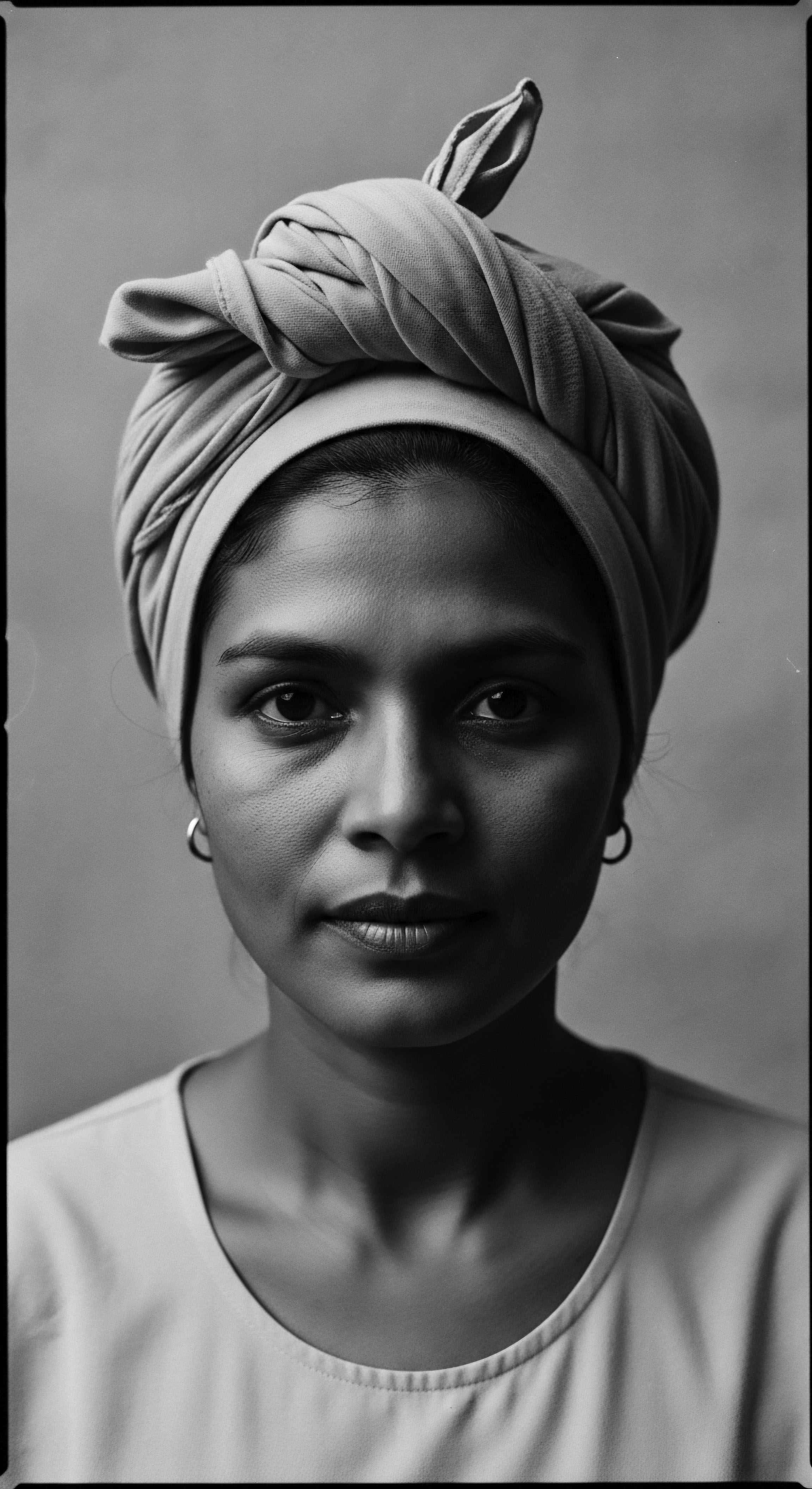
The Weight of Conformity ❉ Personal and Collective Costs
The continuous societal pressure to conform to Eurocentric hair norms carries significant personal and collective costs. The alteration of natural hair textures, often through chemical or heat treatments, can inflict substantial damage to the hair itself, leading to breakage, thinning, and even conditions like traction alopecia. Beyond the physical toll, there is a profound psychological burden. Forcing individuals to straighten their hair to be deemed “acceptable” in professional or academic settings can erode self-esteem and foster a sense of alienation from one’s cultural identity.
The imposition of Eurocentric beauty standards on textured hair exacts a heavy toll, influencing personal well-being and economic opportunity.
Consider the economic implications ❉ Black consumers spend billions annually on hair care, a substantial portion of which historically went towards products and services designed to alter natural textures. Mandating straight hair can necessitate expensive and time-consuming treatments, creating an additional financial burden on individuals already navigating systemic inequities. Moreover, such policies contribute to a chilling effect, where individuals may preemptively alter their hair for job interviews or school environments, sacrificing authenticity for perceived opportunity. This behavior reflects a deep-seated understanding of prevailing biases.
The collective impact is a perpetuation of systemic racism, where the natural, ancestral expressions of Black and mixed-race people are implicitly or explicitly devalued. The Anti-Discrimination Policy, therefore, endeavors to dismantle these harmful norms, fostering environments where all hair textures are not only tolerated but celebrated as part of the rich tapestry of human diversity.

Academic
At an academic stratum, the Anti-Discrimination Policy transcends a simple prohibition of unfair treatment. It signifies a profound interpretation of equity that acknowledges the historical, systemic, and often insidious ways in which power structures have marginalized specific groups, particularly through the policing of physical attributes such as hair. This elucidation positions the policy as a critical instrument in decolonizing beauty standards and dismantling racial hierarchies. Its essence lies in recognizing that discrimination against textured hair is not an isolated incident of bias, but a direct manifestation of anti-Black racism, rooted in centuries of oppression.
The contemporary understanding of this policy is informed by a robust body of research, particularly within critical race theory and sociological studies, which dissect the intricate relationship between outward appearance, racial identity, and socio-economic mobility. It postulates that policies forbidding or discouraging natural Black hairstyles (such as locs, Afros, braids, twists, or Bantu knots) are not merely appearance-based regulations, but rather constitute race discrimination. This delineation is vital, as it shifts the legal and ethical discourse from a superficial ‘grooming’ issue to a fundamental question of racial justice.

Disentangling the Policy’s Core ❉ A Scholarly Exposition
A comprehensive understanding of Anti-Discrimination Policy, particularly through the lens of textured hair, necessitates an examination of its application to characteristics historically associated with race. The policy’s explication, in this academic context, must delineate that hair texture and protective hairstyles are not merely mutable choices, but rather inherent characteristics or cultural expressions intrinsically tied to racial identity. This understanding directly challenges judicial precedents that historically struggled with whether hair fall under protected characteristics under Title VII of the Civil Rights Act of 1964.
For instance, the CROWN Act, while still battling for federal passage, addresses this directly by amending the definition of “race” in existing statutes to encompass “traits historically associated with race, including hair texture and protective hairstyles.” This legislative precision acknowledges that denying opportunities based on such traits is an act of racial discrimination. The policy’s meaning here is clear ❉ it is a legal and ethical imperative to ensure that the beauty and diversity of natural hair are afforded the same respect and protection as any other racial characteristic.
Consider the case of Chastity Jones, whose job offer was rescinded because she refused to cut her locs. The Eleventh Circuit Court of Appeals ruled against her, maintaining that locs were a “mutable” characteristic, unlike an “immutable” racial trait such as skin color. This ruling, widely criticized by civil rights advocates, underscored the urgent need for legislation like the CROWN Act to clarify the scope of racial discrimination to include hair. The policy’s robust interpretation requires an examination of historical legal limitations that have previously failed to protect individuals based on their hair.

The Immutability Debate ❉ A Legal Quandary Rooted in Race
The legal distinction between “mutable” (changeable) and “immutable” (unchangeable) characteristics has historically created a significant barrier to protecting textured hair under anti-discrimination laws. This framework, inherited from earlier civil rights interpretations, often argued that while skin color (immutable) was protected, hairstyles (deemed mutable) were not. This reasoning allowed for discriminatory practices against braids, locs, and Afros, even when these styles are direct expressions of natural hair growth or cultural heritage.
The prevailing academic perspective asserts that this mutable/immutable dichotomy is a legal fallacy when applied to hair. Hair texture itself is immutable, and the styles associated with it are often the most practical, protective, or culturally significant ways for individuals with that texture to wear their hair. To demand the alteration of such styles is, in essence, to demand the alteration of one’s racial identity or cultural expression. This perspective reframes the discourse, recognizing that hair discrimination is not about “choice,” but about systemic devaluation of Blackness.
- Legal Evolution ❉ While early cases like Jenkins v. Blue Cross Mutual Hospital Insurance (1976) offered limited protection for Afros, broader protections for styles like locs and braids often faced legal hurdles under the “mutable” argument.
- Legislative Intervention ❉ The CROWN Act, passed in many states, directly confronts this legal loophole by explicitly including hair texture and protective styles within the definition of race discrimination, offering clearer legal pathways for redress.
- International Parallels ❉ Discussions surrounding hair discrimination extend globally, with Canada, for instance, seeing cases where Black women faced workplace discrimination based on their hair, despite broader anti-racism commitments lacking specific hair protection laws.
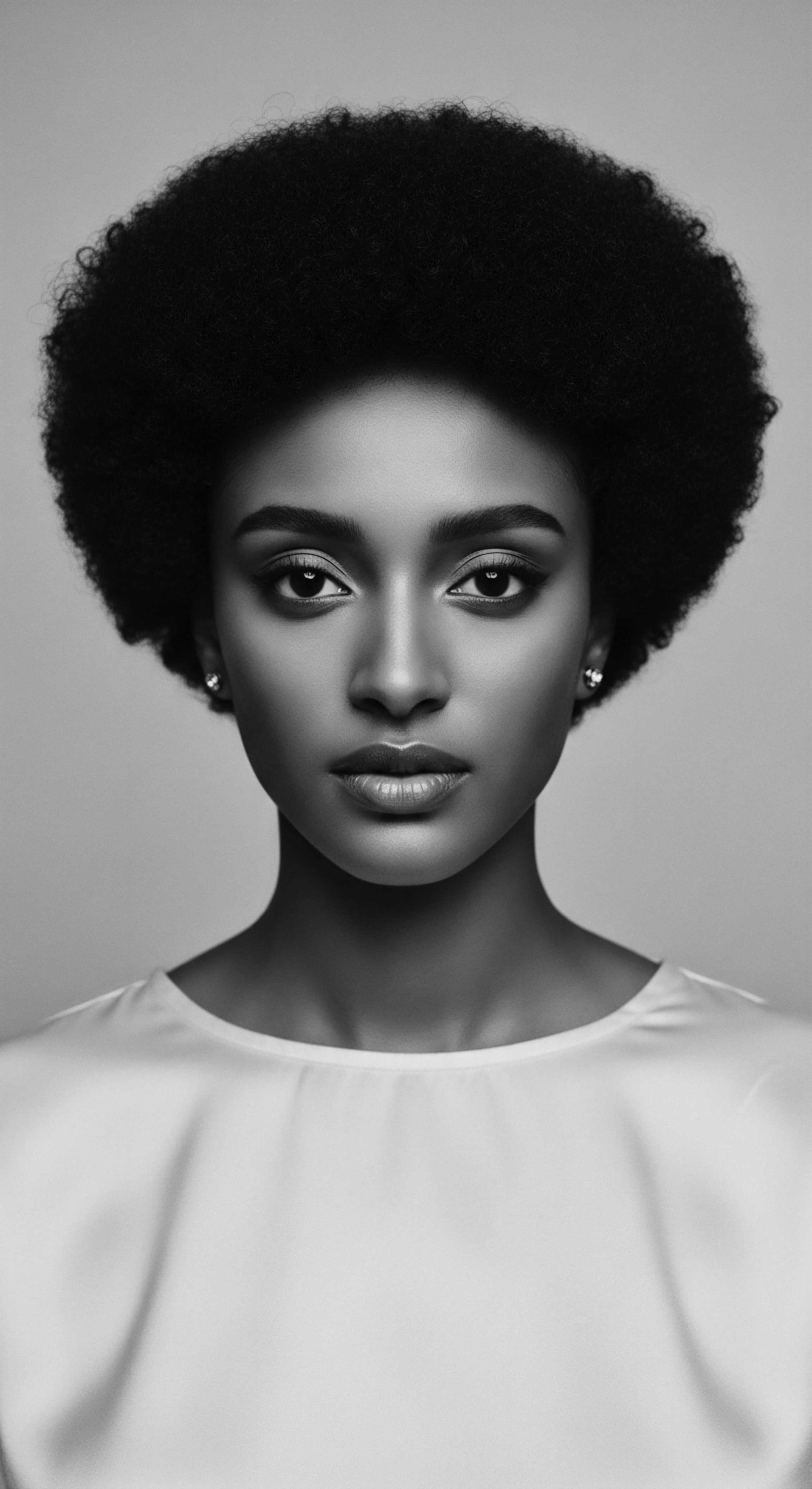
Beyond the Visible ❉ Societal and Psychological Repercussions
The impact of hair discrimination extends far beyond the legal or professional sphere, penetrating deeply into the psychological and social well-being of individuals. Experiencing discrimination based on one’s hair can lead to significant psychological distress, including feelings of anxiety, lowered self-esteem, and a diminished sense of belonging. For children, this experience can start as early as five years old, impacting their self-perception during formative years. The cumulative effect of these microaggressions and overt discriminatory acts can foster an internalized pressure to conform, even at the cost of one’s authentic expression.
The psychological toll of hair discrimination is profound, often leading to internalized self-doubt and an erosion of cultural pride.
A deeply troubling finding from a 2021 Dove CROWN Research Study for Girls indicates that 66% of Black Children in Majority-White Schools Reported Experiencing Hair Discrimination. This statistic illustrates the pervasive nature of the problem within educational settings, where young minds are particularly vulnerable. Such experiences can disrupt learning, as students might be sent home or isolated from classrooms due to their hairstyles, creating educational disparities. The notion that Afro-textured hair is “unprofessional” or “distracting” forces individuals to choose between their education or career advancement and their racial and cultural identity.
Moreover, the economic repercussions are not insignificant. Beyond the direct financial cost of chemically altering hair, discrimination can limit career progression and earning potential. The policy’s meaning, therefore, also involves a commitment to economic equity, ensuring that one’s natural hair does not become a barrier to financial stability or professional aspiration. The academic discourse continually emphasizes that the struggle for hair liberation is inextricably tied to broader movements for racial and economic justice.
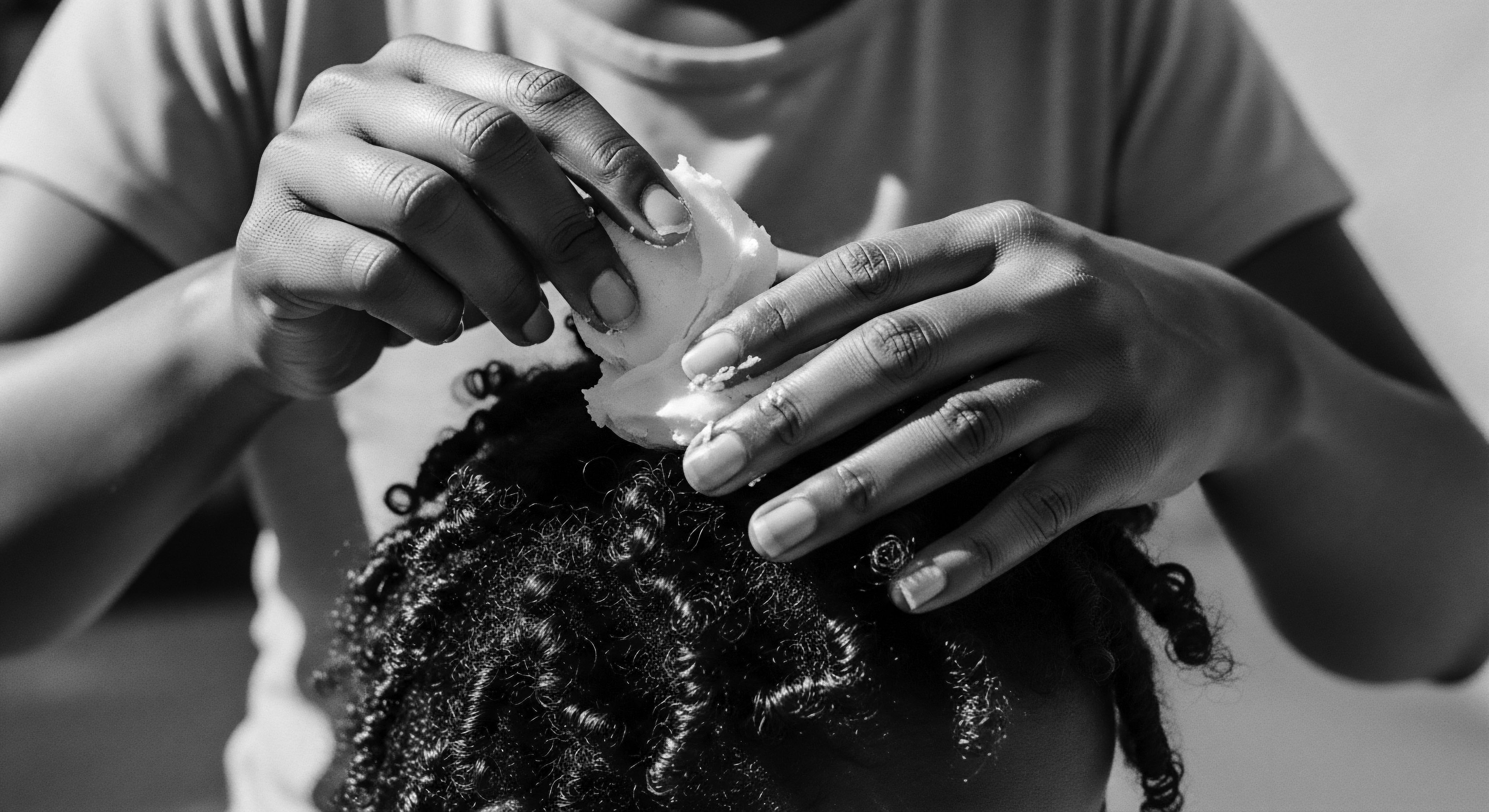
Charting a Path Forward ❉ Intersectional Advocacy and Policy Evolution
The path toward fully realized anti-discrimination policies, particularly concerning textured hair, involves sustained intersectional advocacy and a continuous evolution of legal frameworks. This requires a deeper engagement with the experiences of Black and mixed-race individuals, moving beyond superficial notions of diversity to systemic change. Scholars advocate for an expansive understanding of race that includes cultural characteristics and grooming practices, ensuring that the spirit of anti-discrimination laws is genuinely upheld.
The ongoing efforts to pass the CROWN Act at the federal level signify a broader societal awakening to the enduring legacy of hair policing. While state-level legislation offers crucial protections, a national standard would provide consistent legal recourse, alleviating the burden on individuals who currently navigate a patchwork of varying regulations. The work ahead also involves challenging the implicit biases that persist within institutions, moving beyond legal prohibitions to foster environments of genuine acceptance and celebration of hair diversity. This involves educational initiatives and cultural competency training that can shift long-held, often unconscious, perceptions of professionalism and beauty.

Reflection on the Heritage of Anti-Discrimination Policy
The journey of the Anti-Discrimination Policy, particularly when viewed through the profound lens of textured hair, unfolds like a testament to the enduring human spirit. It echoes the quiet strength of ancestral mothers who meticulously braided stories into their children’s hair, even as oppressive forces sought to unravel their heritage. The policy, in its truest sense, honors these echoes, acknowledging that the very coils and kinks of our hair carry a rich, unbroken lineage of wisdom, resilience, and boundless creativity. It is a profound meditation on the power of appearance to speak volumes, both in defiance and in celebration.
Each strand of textured hair, whether a meticulously sculpted Bantu knot, a free-flowing Afro, or a dignified loc, embodies a connection to a deep, living archive. It is a connection not only to elemental biology and ancient practices, the “Echoes from the Source,” but also to the tender threads of care passed down through generations. This policy endeavors to ensure that this sacred connection is not severed by prejudice, allowing each person to wear their heritage proudly, without fear of judgment or limitation. The unfolding of this policy is a testament to the ongoing work of voicing identity and shaping futures, creating an unbound helix where ancestral practices and modern understanding intermingle harmoniously.

References
- Byrd, Ayana D. and Tharps, Lori L. Hair Story ❉ Untangling the Roots of Black Hair in America. St. Martin’s Press, 2014.
- Dabiri, Emma. Don’t Touch My Hair. Allen Lane, 2019.
- Duke University, & Michigan State University. The Natural Hair Bias in Job Recruitment. 2020.
- Economic Policy Institute. The CROWN Act ❉ A jewel for combating racial discrimination in the workplace and classroom. Economic Policy Institute, 2023.
- Legal Defense Fund. Hair Discrimination FAQ. Legal Defense Fund, 2023.
- Pitts, Britney. “Uneasy Lies the Head that Wears a Crown” ❉ A Critical Race Analysis of the CROWN Act. Journal of Black Studies, vol. 52, no. 7, 2021, pp. 716–35.
- Siel, Mary Ann, et al. Journal of the National Cancer Institute. 2015.
- U.S. Equal Employment Opportunity Commission. EEOC v. Catastrophe Management Solutions. 2013.
- Washington College of Law, American University. Hair Me Out ❉ Why Discrimination Against Black Hair is Race Discrimination Under Title VII. Digital Commons @ American University Washington College of Law, 2023.
- World Afro Day. Workplace Hair Acceptance Report. World Afro Day, 2023.
